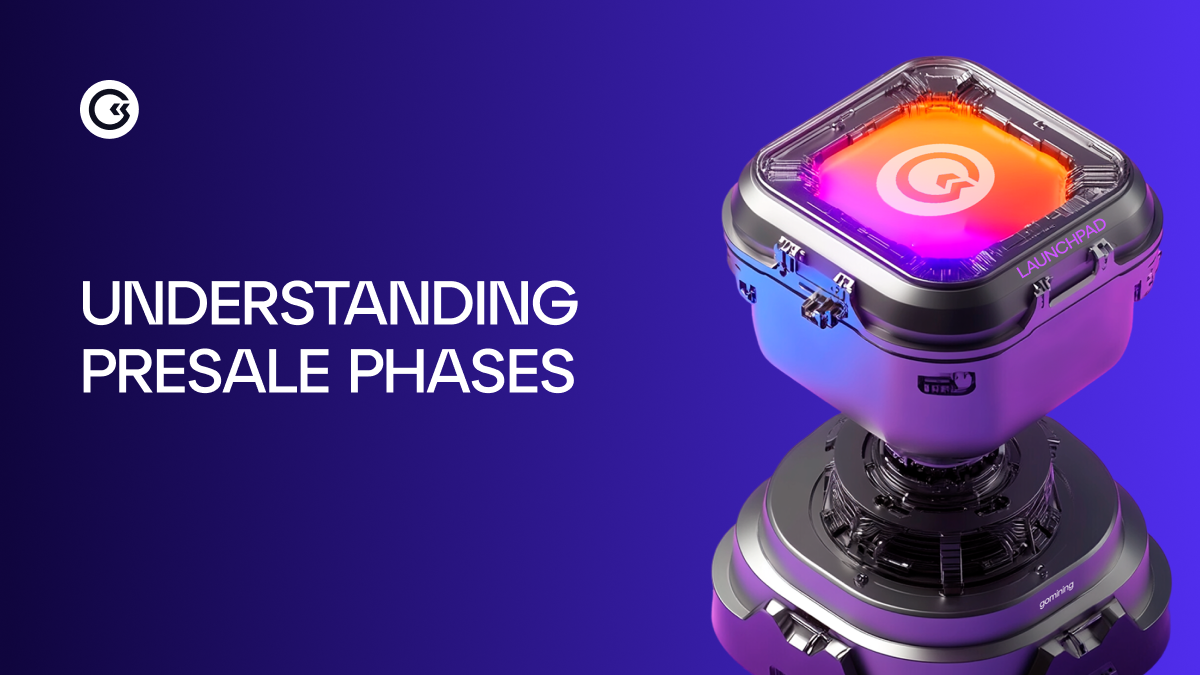Cryptocurrency has gone from being an obscure concept known only to tech enthusiasts to a load of digital assets that are really shaking up how we pay for things in everyday life. From ordering pizza to booking flights, paying for freelance services, or even shopping for clothes, using cryptocurrency for purchases is no longer just a niche activity—it’s becoming a real-world payment option for many.
In this article, we’ll explore exactly how to buy goods with Bitcoin and other digital assets, where you can spend them, what platforms and wallets make the process smooth, and what advantages and challenges you should know about. If you’re curious about how to pay with cryptocurrency or want a guide to crypto payments for goods, this article will give you the full picture. Whether you're completely new to the crypto space or just looking to learn how to spend Bitcoin on real-world purchases, this is the place to start.
What is Cryptocurrency and How Does It Work for Purchases?

Ok, so first things first, cryptocurrency is a form of digital money. It’s decentralized, meaning there’s no central bank controlling it, and it runs on a technology called blockchain—a secure, transparent system where every transaction is recorded on a public ledger.
So, how does this relate to buying goods and services?
Instead of handing over physical cash or typing in your credit card number, you use a cryptocurrency wallet to send coins—like Bitcoin or Ethereum—directly to a seller’s wallet address. The process is quick, secure, and can even be anonymous, depending on how it’s done.
Over the last few years, more and more businesses and merchants have begun to accept digital assets as payment. Why? Because it's fast, secure, and opens up opportunities to serve customers around the globe without worrying about international transaction fees or currency conversion.
The blockchain ensures every payment is recorded, verified, and cannot be altered—this makes cryptocurrency payment methods incredibly trustworthy.
Types of Cryptocurrencies Accepted for Payments

Let’s explore some of the most commonly accepted digital currencies you can use to buy goods with Bitcoin and more.
Bitcoin
Bitcoin is the most recognized and widely accepted virtual asset. Many online and physical stores now offer Bitcoin payment for services, giving customers the chance to purchase electronics, pay for hosting services, or even donate to charity. Because it's the burning torch of the crypto world leading the way, Bitcoin tends to be the go-to for those wondering how to buy goods with Bitcoin.
Ethereum
Ethereum, like Bitcoin, is used to pay for goods and services online. Its smart contract capabilities have allowed developers to build marketplaces and platforms where payments are handled automatically and securely. On top of that, because many coins are built on the ETH blockchain, you could argue that Ethereum opens the door to more opportunities, like shopping for digital art or paying for online tools. Regardless of what you need, Ethereum is a strong contender to satisfy your purchasing needs.
Stablecoins
Not a fan of price fluctuations? That’s where stablecoins like USDT (Tether) and USDC come in. These are digital assets pegged to the US dollar, meaning they stay relatively stable. That makes them perfect for everyday spending. The stability that these coins provide gives added peace of mind and they’re great for onboarding newbie users. Many platforms now accept stablecoins as a reliable gateway for cryptocurrency and online shopping.
Other Popular Cryptocurrencies
You’ll also find that Litecoin, Bitcoin Cash, and even Dogecoin are accepted in various places. They’re often cheaper and faster for transactions, making them a favorite among those who regularly use crypto for shopping.
Where Can You Spend Your Cryptocurrency?

The world of crypto payments has expanded fast. Here’s a breakdown of where you can actually use it.
Online Stores
Many online merchants now accept crypto payments. From big names like Newegg and Overstock to niche marketplaces, you can use digital assets to buy electronics, gift cards, clothes, games, and more. Some travel platforms even let you pay for services with Bitcoin, like booking hotels or flights.
Physical Stores
Believe it or not, some brick-and-mortar stores now let you pay with digital assets. Large retailers and smaller businesses alike are starting to hang signs that say, “Bitcoin Accepted Here.” It’s part of a growing movement toward digital-first payment methods.
Crypto Payment Processors
Companies like BitPay, CoinGate, and Coinbase Commerce act as the gateway between crypto users and businesses. They help merchants accept crypto even if they don’t fully understand the tech behind it. These cryptocurrency payment processors instantly convert digital tokens into fiat currency if needed, making it a safe option for both sides.
How to Make Cryptocurrency Payments
Once you’re ready to start using cryptocurrency for purchases, here’s what you need to know.
Using Crypto Payment Platforms
Platforms like BitPay and CoinGate make it incredibly easy. You choose what you want to buy, select crypto as the payment method, scan a QR code, and hit send. The platform handles the process, converting crypto into fiat for the merchant if needed.
Cryptocurrency Wallets
You’ll need a crypto wallet to send payments. These can be:
- Mobile wallets (like Trust Wallet or MetaMask)
- Desktop wallets (like Exodus)
- Hardware wallets (like Ledger or Trezor, for added security)
When you’re checking out, just paste or scan the wallet address, confirm the amount, and the virtual tokens are on their way.
Crypto Debit Cards
Platforms like Crypto.com, Wirex, and Binance offer cryptocurrency debit cards that work just like a Visa or Mastercard. You load them up with your digital tokens, and they handle the conversion when you pay. The question of how to use crypto for shopping is no longer an issue, it’s now as easy as swiping your card.
Advantages of Using Cryptocurrency for Purchases

Still not sure if it's worth it? Here are the real benefits.
Fast Transactions
Crypto transactions can be almost instant, especially compared to bank transfers that take days. Even international payments happen in minutes.
Lower Transaction Fees
Compared to credit card fees or bank wire charges, many cryptocurrency payment methods are cheaper. That’s more money in your pocket—or your favorite business.
Privacy and Security
Using crypto means you don’t have to share sensitive card or bank details. Your wallet address is all you need. Plus, blockchain’s security makes tampering with transactions nearly impossible.
Global Reach
No matter where in the world you or the merchant are, you can pay for services with Bitcoin or other crypto. There’s no need for currency exchange, and fees are often lower.
Challenges of Using Cryptocurrency for Purchases
Of course, digital assets aren’t perfect. Let’s look at some everyday hurdles.
Limited Acceptance
Not every store is ready to accept crypto—yet. While the number is growing, you may still find yourself reaching for fiat now and then.
Price Volatility
If the price of Bitcoin drops 10% in an hour, that $10 coffee suddenly gets expensive. Volatility makes it hard to predict exact costs unless you use stablecoins.
Regulatory Issues
Some countries are still figuring out how to regulate virtual assets. This can make the process of using cryptocurrency for purchases a bit more complex in certain regions.
How to Choose the Right Cryptocurrency for Payments

Here’s how to pick the best cryptocurrency for payments depending on your needs:
- Transaction Speed: Ethereum and Litecoin are generally faster than Bitcoin.
- Fees: Stablecoins and Litecoin often have lower fees.
- Merchant Acceptance: Bitcoin is the most widely accepted, followed by Ethereum.
- Stability: Stablecoins are ideal if you don’t want to worry about price swings.
Each option has its own pros and cons—explore and see what fits your lifestyle best.
The Future of Cryptocurrency Payments
Widespread Adoption
With major businesses and platforms embracing virtual assets, we’re heading toward a world where crypto payments for goods are as normal as tapping your debit card.
Crypto Integration in Traditional Payment Systems
Banks and fintech companies are increasingly integrating crypto options into their apps. You might soon be able to pay your rent or buy groceries with Bitcoin—without even leaving your banking app.
Earn Bitcoin While You Shop – With GoMining
Did you know you can earn Bitcoin daily by holding digital assets instead of just spending them?
With GoMining, you can purchase Digital Miners that provide real Bitcoin rewards backed by real computing power. It’s a unique way to not only spend crypto—but to earn it passively.
No need to run noisy mining equipment or worry about electricity. Just buy a miner NFT, hold it, and enjoy automatic daily Bitcoin rewards.
👉 Learn more and start earning today.
Final Thoughts
As you’ve seen in this guide, using cryptocurrency for purchases is no longer a dream of the future—it’s here, it’s real, and it’s growing. So, if you’re looking to buy goods with Bitcoin, use a cryptocurrency debit card, or explore virtual payment processors, the tools are available for you today.
Sure, there are still some challenges like volatility and limited merchant acceptance, but the advantages—like fast transactions, privacy, and global reach—are driving more people to try it.
So why not take the first step? Try paying for services with Bitcoin, experiment with your first crypto wallet, or check out GoMining to start earning while you explore the future of payments.
Cryptocurrency isn’t just for techies anymore—it’s for everyone.
August 8, 2025











